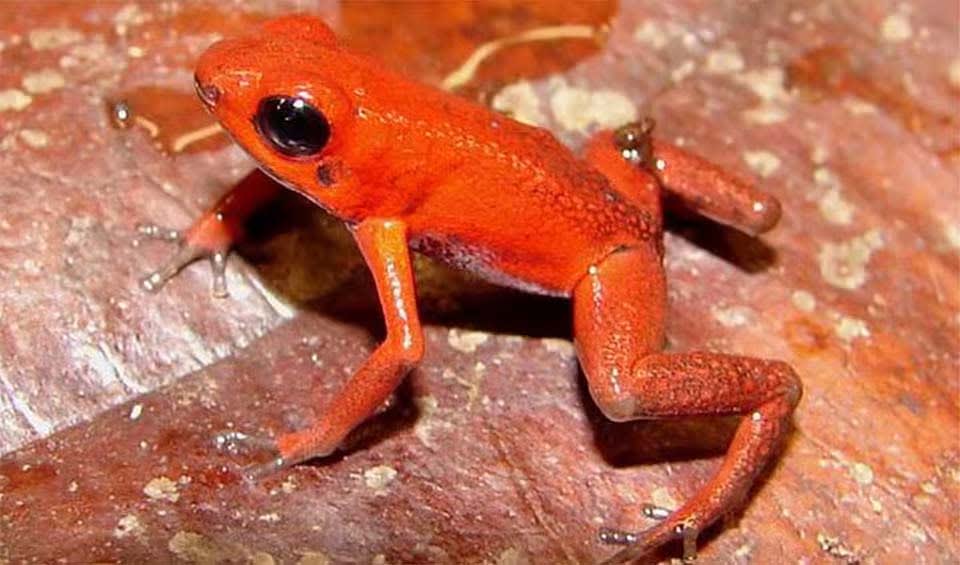Andinobates – Poison frogs
Despite their toxicity, they play a crucial role in the rainforest ecosystem by controlling insect populations
Endemic to the lush rainforests of Central and South America, these frogs are renowned for their unique and captivating characteristics. They display a vibrant spectrum of colors, ranging from vivid reds and blues to bright yellows and oranges. These bold and conspicuous hues serve as aposematic signals, warning potential predators that they are highly toxic. This visual deterrent communicates their unpalatability and defends them against being consumed.
Andinobates frogs are among the most venomous animals on Earth, a distinction earned through their ability to secrete potent toxins through their skin. These toxins, such as batrachotoxin and pumiliotoxin, can have severe effects, including paralysis or even death if ingested or introduced into the bloodstream. The production of these toxins is believed to be a result of their diet, which includes specific arthropods and plants in their natural habitat. It’s important to note that not all poison dart frogs are equally toxic, as the potency of their toxins varies among species.
The toxicity of Andinobates frogs plays a crucial role in their survival by deterring potential predators and contributing to their overall protection. Interestingly, they have cultural significance among indigenous peoples in the regions where they are found. The Emberá and Chocó people of Colombia, for example, use the skin secretions of Andinobates frogs to poison the tips of their hunting darts. This allows them to kill animals quickly and efficiently, making them more successful hunters.
Species in this genus
Andean poison frog
Those vibrant hues conceal potent venom in this nature’s delicate masterpiece


